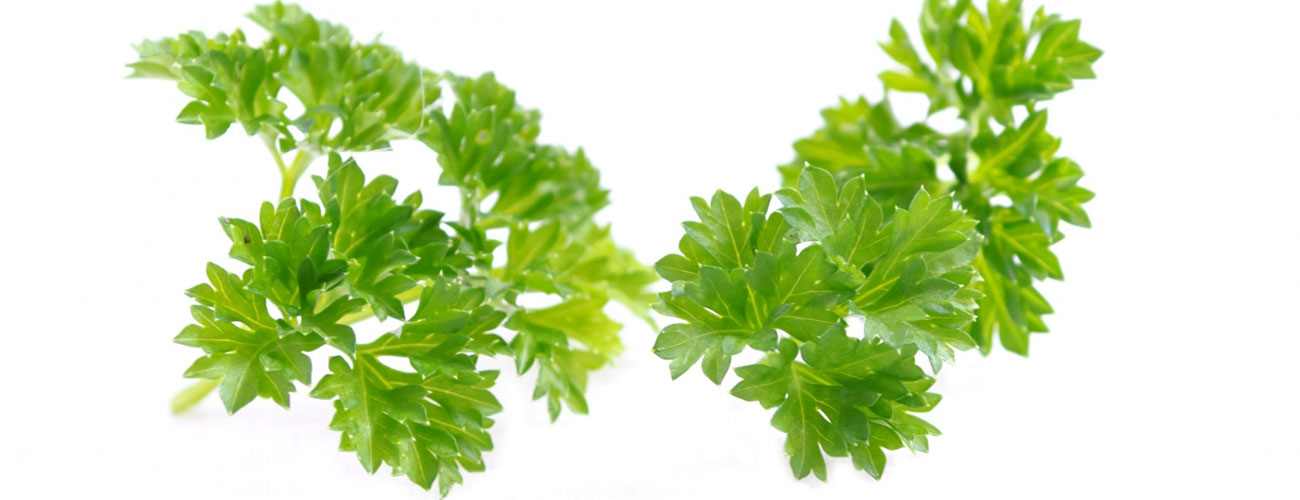Some TV and radio commercials warn people who owe a lot in taxes that the IRS “can seize your property and garnish your wages.”
To which a friend who is a copy editor wrote: “Will they put a little piece of parsley on my paycheck? Or maybe one of those fancy carved radishes? What the IRS will do is garnishee your wages.”
Well, actually, the IRS itself uses “garnish” instead of “garnishee” in its taxpayer documents, at least as the verb. But “garnishee” appears frequently in news reports.
What we have here is a tale of two words with very different meanings. How they came to be is a bit of a mystery, but let’s try to garner some explanations.
“Garnish” descends from words meaning “to fortify, defend” or “to warn,” the Oxford English Dictionary says. Its first usage, as a verb around 1400, was “furnish, equip.” Makes sense: One could “garnish” one’s army with armaments and armor, and that “fortification” would serve as the “warning” to not mess with them.
But “garnish” as a noun, first used about the same time, meant a “set of vessels for table use,” the OED says. By 1535, “garnish” as a verb meant “To dress, clothe, esp. in an elegant fashion,” the OED says.
Meanwhile, “garnish” as a verb added a legal sense, “to serve notice on (a person), for the purpose of attaching money belonging to a debtor,” the OED says. In the late 1500s, “garnish” as a noun was slang for “money extorted from a new prisoner, either as a jailer’s fee, or as drink-money for the other prisoners,” the OED says. It’s speculation to say that the payment was effectively the same kind of legal “garnish,” but isn’t it fun to think so?
It doesn’t help that attaching “attaching” to “garnish” messes with your head, too: “Attaching” a “garnish” could mean adding a decoration or grabbing hold of someone’s wages. Oy.
“Garnishee” came later, being first used as a noun in 1627 to describe the debtor whose money was being taken. It’s unclear why “garnishee” arose, though it may have been to maintain that separate legal sense (or just the quirky spelling of the time). But it wasn’t until 1892 that “garnishee” was used as a verb, the OED says. The British did it first, but the Americans soon attached it as well.
The Associated Press Stylebook calls for “garnish” as the verb and “garnishee” only for the noun. But of “garnish” and “garnishee,” The New York Times Manual of Style and Usage says:
Both are properly used as verbs in the sense of putting a lien on property or wages to satisfy a debt. But garnishee is more common (despite objections by lawyers), perhaps because the more usual meaning of garnish is adorn or decorate. As a noun, garnishee means the person served with a legal garnishment.
One lawyer who objects to “garnishee” is Bryan A. Garner, author of Garner’s Modern American Usage. In British English “and a few American jurisdictions,” Garner says, “garnishee as well as garnish is used as a verb. Although the OED gives passing notice to this usage and to the corresponding noun garnisheement, these forms are historically unwarranted and therefore ill advised.”
Shee. That seems harsh. Maybe it’s better to just use “seize” to prevent more bloodshed.
Merrill Perlman managed copy desks across the newsroom at the New York Times, where she worked for twenty-five years. Follow her on Twitter at @meperl.

